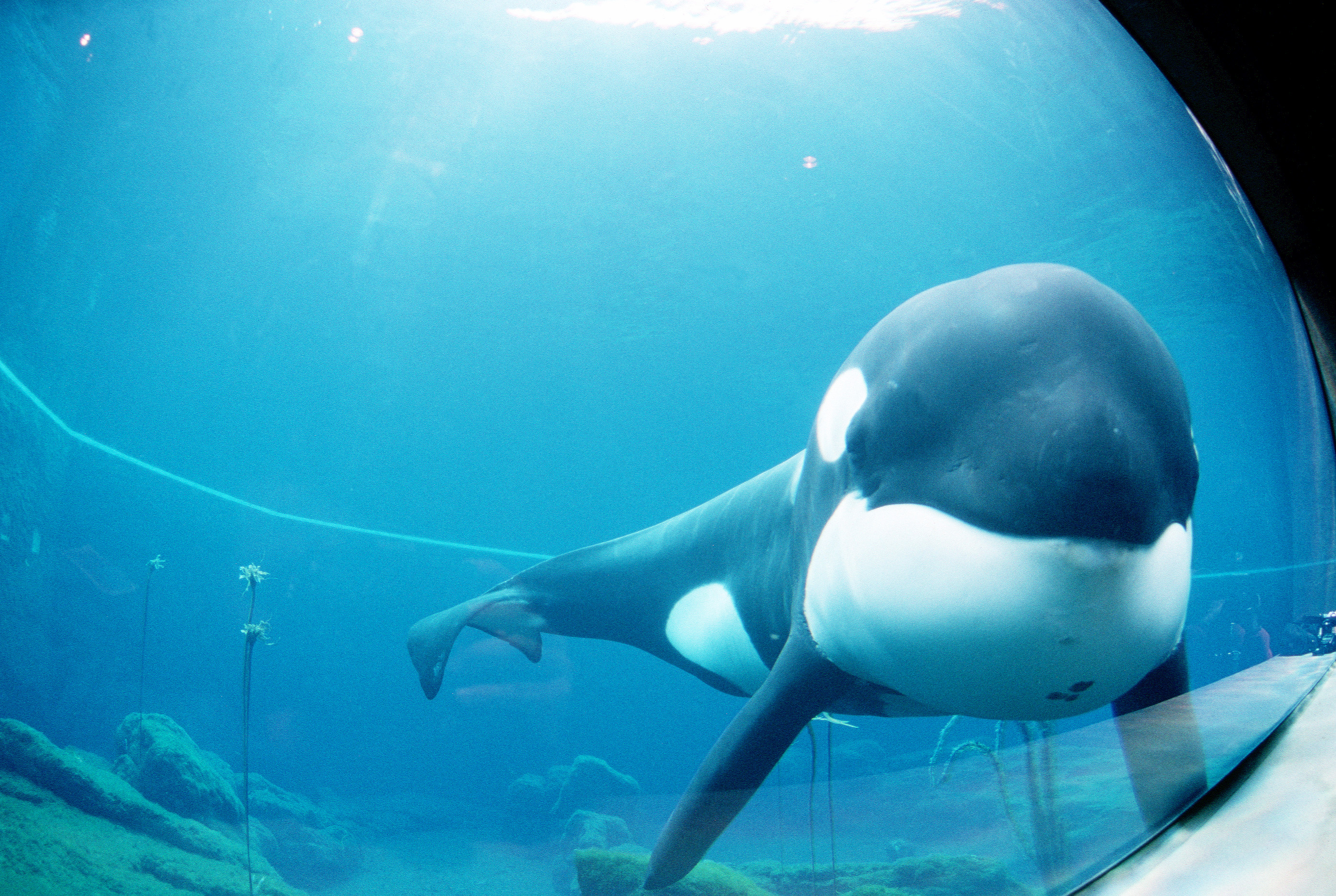 Commentary by Gary Haskins
Commentary by Gary Haskins
Gary Haskins joined the Icelandic Orca project fieldwork this season as a skipper. This blog post is about his experience over the first 3 weeks with us.
We have been testing out the
feasibility of utilising a land based crew to monitor and track orca movements
using a theodolite. This system allows us to record the positions and movements
of whales, boats, tidal flows/upwellings, etc., on map in real time. This is
cool as firstly the land based team can direct boat teams on the location of
whales, but also you get large scale movement and behavioural data that can be
then related to lots of environmental factors or even boats in the area.
This gets even cooler when you place a listening device, moored at sea visible
from the land station so that behavioural activity can then be monitored in
conjunction with ‘listening in’ on the associated vocalisations a’ la the NSA.
Unlike the NSA however, we welcome whistle blowing.
This is all good in theory (and
in practice eventually) but theodolites are fickle beasts, otherwise known as
pieces of precision equipment. They have to be set up carefully and once set
up, they must not be knocked. They become difficult to use at rock concerts,
and I imagine they are a right pain in Space, but of more relevance they are a
bit iffy in windy places. It turns out that our land observation point, Stórhöfði, is the windiest place in Iceland.
Literally. (The actual meaning of literally, not the silly new meaning, where
literally has literally become the antithesis of itself).
 |
| OMG! Jen was so happy to be collecting data she literally died. |
In
short the theodolite has to be levelled and any movement by a tiny margin will
give false or no readings. Therefore wind can hinder the set up. But, we went
from taking two patience sapping hours to being able to do it effectively and
accurately in 10 minutes. We successfully tracked orca and collected some nice
data on minke presence and movements for our undergrad student, Jenifer
Stollery. We even recorded a sneaky anomalously pigmented (white) harbour
porpoise calf.
 |
| A porpoise is in this picture somewhere. Photo by Jen Stollery. |
Other
than that I have been skippering the boat, helping out with Photo-ID and bit of
acoustics and anywhere that I can try and lend a hand. Our main goal this week
has been to acquire biopsy samples from orca using an ARTS system. The ARTS
fires a dart that takes a small sample from the whale (its harmless) and allow
all sorts of information to be determined; diet, movements, sex, relatedness,
pollutant load. Again, great sounding in theory but in practice it can be pretty
tricky to get close enough to these animals. According to Craig Matkin, they
act like ‘offshores’. That basically means they are boat shy and have a circle
of trust, of about 25 or more meters. We can biopsy up to about 18 m so gaining
access is a case of softly, softly catchee monkey. But man, those last few
moments, as we edge ever closer, timing our gentle arrival to the last surface
of our target animal before it dives…..you could cut the air with a theodolite.
 |
| Miguel with the ARTS system, as we enter the circle of trust. |
 |
| Celebrating a successful biopsy, Miguel claims all the credit and won't share the sweets. |
As
well as boat shy, twice now I have seen these orca porpoise at high speed away
from incoming pilot whales. Admittedly there were lots of pilot whales charging
in like madmen but there were perhaps over one hundred orca. In addition, a
local fishermen was telling us about how the whales he sees from his boat
always flee when the porpoise turn up. He insists its porpoise displacing them.
Orca – you used to be cool man, what happened?
 |
| Scary pilot whales apparently. |
N.B.
I say they are wary and boat shy, and they are. All exempt our new favourite
whale, IS423 – affectionately named by Miguel as Richie Cray-Cray. Whilst the
others are playing hard to get, IS423 approaches the boat and swims in our wake,
less than a metre from us, seemingly attracted to the bubbles produced by our
engine. He is now too close to biopsy, obviously.
Thanks
to all for having me as part of the team! It is greatly appreciated.
 |
| Video of IS423 (by Miguel Neves). |
































